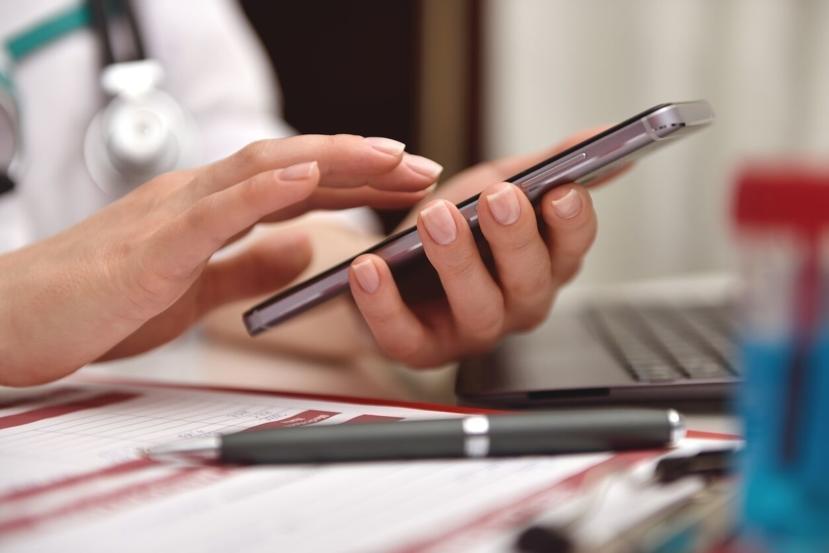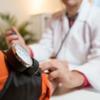What Do Patients Really Want from Health Apps?

There’s an app for everything these days. You have apps that can tell you your level of stress and apps that identify which stars are currently located above you in the night sky. Almost anyone with some knowledge of code can create an app and publish it on the app store for everyone to download either at a price or for free. The medical industry hasn’t been free of this app invasion either. There are now apps that can perform a number of medical functions. It’s important for doctors to regulate these apps and find the best ways that their patients can use them to their advantage rather than being harmed by them. It’s the same with medical websites. You can use them to learn about your condition for instance, but if you rely on them to diagnose or treat yourself then you can be in a lot of trouble.
The thing about apps is that patients love them. They don’t want to do things by pen and paper. It’s too much effort in our current digital age. They want apps that make their lives easier and that take less time in their busy lives. These apps do a number of functions and it’s important for doctors and even the FDA to be able to control and regulate their use. Let’s take a look at some of the most commonly used health apps and the pros and cons of this new phenomenon.
Health apps are wonderful in the sense that they make things a lot easier for patients. They also save them a lot of time and effort. For starters health apps are capable of tracking a patient’s diet and nutrition. They can also regulate it by telling the patient how many calories he or she should have per day for an optimum weight or in order to lose a target amount of weight. They can also remind patients to take their medications. This is a great feature because patients are prone to forgetting or getting drugs mixed up so this increases their compliance to a doctor’s prescription. It’s especially useful in older patients who are on several treatment regimens. The fact that people always have their phones on them these days makes these apps very efficient reminders. They’re also capable of tracking physical activity and symptoms through monitoring heart rate and the number of steps or distance a patient walks per day. All of this data can be very useful for patients and allow them to keep track of their health. It tells them whether they’re going in the right direction and are improving or not. This is great because it makes patients active participants in their own health and wellbeing. Some apps are also useful for physicians as they allow sharing of imaging studies and other data. Some apps even analyze these studies.
Let’s take a look at some of the most popular health apps out there and particularly some of the ones approved by the FDA. The FDA has decided to monitor and regulate health apps that do crucial tasks such as diagnosing, regulating drug delivery, and monitor critical data such as blood oxygen levels. One of these apps is AliveCor. This app utilizes a device that is attached to the back of your phone then applied to the area of skin near the heart. This allows it to pick up electrical impulses from the heart much like an ECG and to be able to detect arrhythmias and abnormalities in the heart’s electrical system relatively early. Another useful app is Welch Allyn iExaminer Adapter and Ophthalmoscope. This also has a device that is plugged into the smartphone to be used as an ophthalmoscope and the images capture by the device can be stored using the app and even printer or emailed later on. AirStrip ONE is a health app mainly to be used by physicians. It’s quite useful as it collects data about a patient from his or her monitor, electronic health record, as well as any medical devices and projects all that data into a single view for a doctor to be able to view it all easily without having to alternate between several sources of data.
iTriage is very useful for patients. It gives them the option of keeping track of their symptoms and at the same time allows them to quickly and easily locate near physicians and hospitals in case there’s an emergency. Diabetes App is great because it provides help to diabetic patients who are so many in number and need constant help and monitoring. Its idea isn’t complicated as it simply provides a food database for diabetics so that they can track their consumption. Glucose Companion is another app for diabetics that monitors their condition and lets them setup a log that they can show their physicians during future appointments. Blood Pressure Monitor – Family Lite monitors both blood pressure and weight. It uses this data to create statistics and visualizations and can also display medical correlations. iCalcRisk which is an app the public should use rather than just patients encourages patients to adopt healthier lifestyles and calculates their cardiac risk. It also creates visualizations that allow physicians to view and track a patient’s cholesterol and blood pressure.
As you can see there are plenty of pros to these apps. The great thing is that most of them focus on diabetes and hypertension which are very common diseases not just in the U.S but in most countries these days. Also the fact that it encourages patients to lose weight and adjust their lifestyle is wonderful because lifestyle modification is the first treatment when it comes to most diseases and most of all diabetes and hypertension. They’re also time savers for both patients as well as physicians. For patients it’s much less time consuming to have your data recorded on your phone than to have to keep writing it down. It’s also a lot easier to keep track of your caloric intake rather than having to keep calculating it yourself several times a day. As for doctors like we said there are apps that allow the transfer of imaging studies and lab results which allow quicker consults and an easy database. It’s also useful to have a log of a patient’s blood glucose and blood pressure levels. If a patient’s blood pressure log shows controlled levels but a reading at a clinic is high then you can assume that it’s due to the patient being nervous that they’re in a doctor’s office or “white coat syndrome.”
Like everything else in the world, health apps aren’t without a downside. First there’s a problem that a doctor face when it comes to these apps: they simply don’t have the time. Yes the logs and exchange of investigations are useful, but these apps can provide a lot more information than that. It’s information that doctors don’t know what to do with and don’t have the time for. There’s also the risk of cyberattacks and that data being revealed to people who have no right knowing it. Of course technical errors are also a risk that should be kept into consideration.
Health apps are another tool at the disposal of physicians and even patients. Patients can use it to monitor their exercise levels, symptoms, and vital data. Physicians can use some of that data to the advantage of the patient and even take advantage of other apps that are mainly used by them and not the patients. Overall it’s great to have something so convenient and easily accessible that any patient can use in order to make their lives better. Just keep in mind that apps that diagnose and have similar features aren’t to be trusted 100% and you still need to refer to a doctor.











